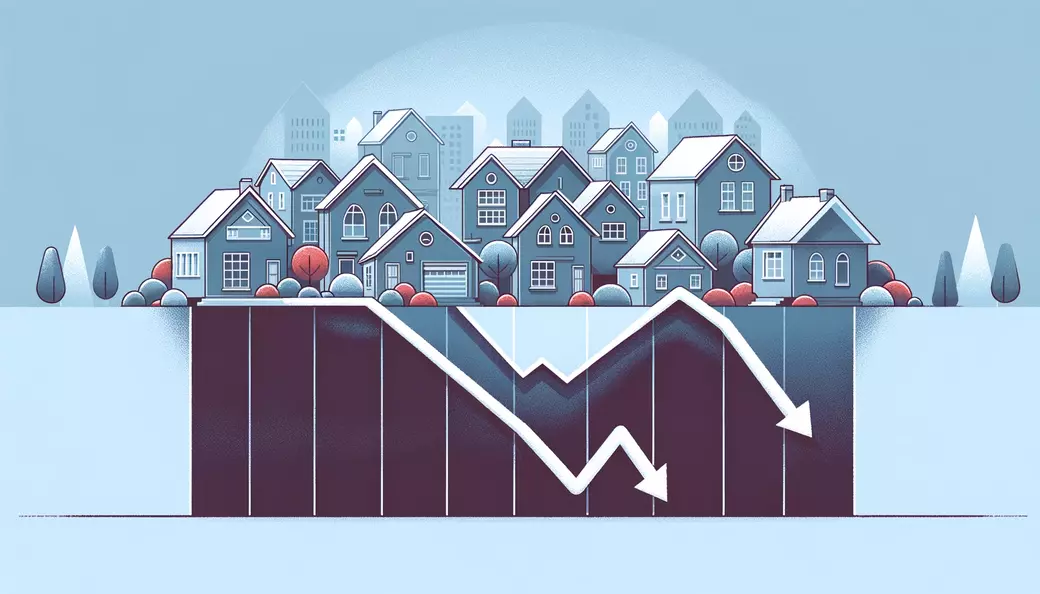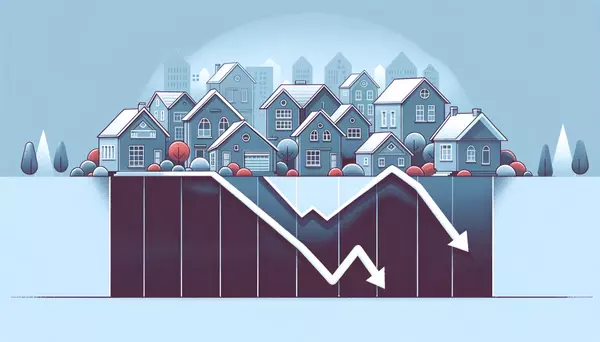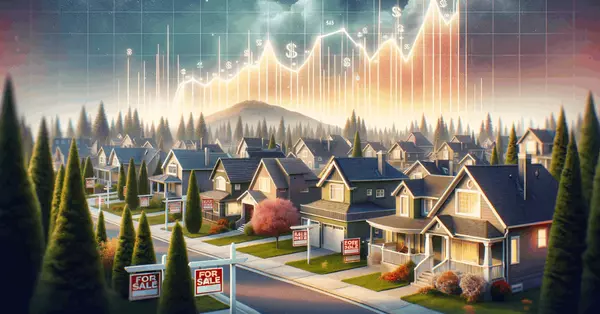In the constantly evolving landscape of the US housing market, the year 2024 heralds a significant shift in mortgage rates, with expectations set for them to dip below the 6% mark. This anticipated decline, as reported by Fannie Mae, presents a mixed bag of opportunities and challenges for potential homebuyers and the housing market at large.
2023 witnessed unprecedented volatility in the housing market, marking it as one of the most turbulent years since the Great Financial Crisis of 2008. This volatility was characterized by a notable decrease in existing home sales, reaching their lowest point since the crisis. The Federal Reserve's rate cuts throughout the year, in conjunction with a recovering economy, are likely contributors to this predicted downturn in mortgage rates.
However, while lower mortgage rates typically signal good news for homebuyers, the reality of the current market paints a more complex picture. The affordability of housing remains a critical issue. In 2023, housing affordability hit a new low, with a mere 15.5% of listings deemed affordable for the average U.S. household. This figure starkly contrasts with pre-pandemic levels, where over 40% of homes were considered affordable. The discrepancy in affordability has impacted different communities unevenly, with Black and Latino households experiencing significantly lower levels of affordable housing compared to white and Asian households.
The silver lining in this scenario is the gradual increase in home listings. The high mortgage interest rates of 2023 led many potential sellers to postpone listing their homes. With rates now on the decline, these sellers are more likely to enter the market, potentially increasing the inventory of available homes. Fannie Mae forecasts a rise in units sold by the last quarter of 2024, anticipating sales to reach around 4.5 million units, up from 3.8 million in the same period of 2023.
The shift towards new construction also remains a prominent feature of the current real estate landscape. With limited listings and inflated prices in the existing homes market, buyers are increasingly turning towards new construction. This trend is further evidenced by the rise in building permits and the interest shown by millennials in new construction homes.
As 2024 unfolds, the real estate market stands at a crossroads, with falling mortgage rates offering a glimmer of hope amidst the challenges of low affordability and shifting market dynamics.












